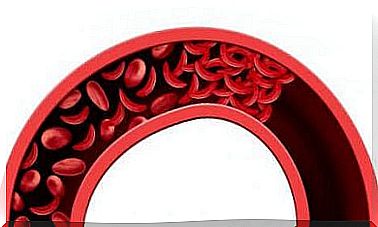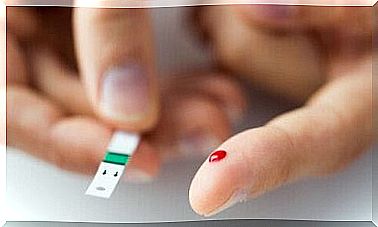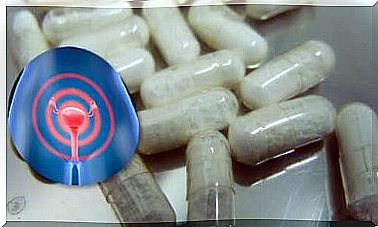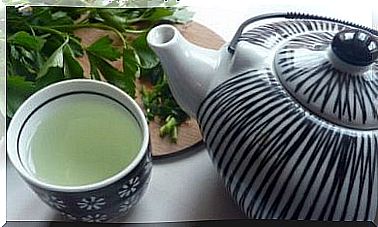Using And Caring For Plaster And Splints

Plaster and splints protect the parts of the body that have suffered a certain type of injury. This helps speed up the healing process as it restricts the movement of that body part. In addition, it helps to reduce the pain. Usually splints are made of plastic, cloth or fiberglass.
While cast and splints serve the same purpose, the difference between cast and splints has to do with the inflammation of the injury. If there is inflammation, a splint is the best option. That’s because it can be adjusted enough to make it more comfortable. This will also help prevent any circulation problems from making the pain worse.
Once the inflammation subsides, the doctor will usually replace the splint with a plaster cast. Plaster is harder and more compact, giving better protection to the injured area, whether it’s a broken bone or sprain.
Caring for plaster and splints
Although the materials are usually different and plaster and splints are used for different conditions, the care for these materials is about the same. Then we will tell you what to keep in mind.
1. Keep it dry
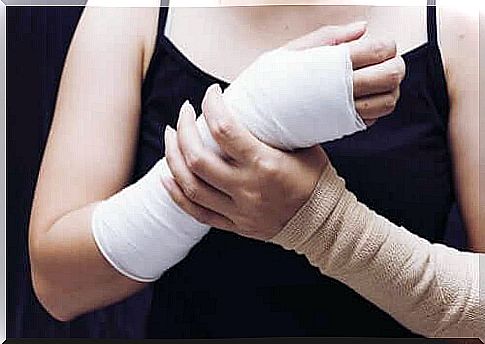
While there are also waterproof splints these days, most aren’t—and plaster casts aren’t anyway. That is why you have to be careful not to get them wet. So what do you do when you take a shower? Cover the mold with a plastic bag or cover that your doctor recommends.
If the splint gets wet and the moisture reaches the innermost layer — the layer that touches your skin — it won’t dry easily. This can cause the following:
- result
- redness
- itch
- in extreme cases even an infection
You can blow dry plaster if it has gotten a little wet. However, if the cast gets very wet, you should make an appointment with your doctor.
2. Try not to scratch yourself
The itching that can occur when wearing a cast or a splint can sometimes be unbearable. If you’ve ever been in this situation, we’re pretty sure you’ve tried using a pencil or other sharp object that would allow you to scratch underneath.
This is not a good idea, however, as these materials can also get stuck in your splint and cause an infection. One of the best ways to reduce that itch is to blow cool air into your cast using a hair dryer. While the itch won’t go away completely, at least you’ll get some relief.
3. Watch out for damage and cracks
Plaster and splints sometimes crack and this can lead to problems. That is why you have to keep a close eye on the condition of the splint or cast. Check to see if any part of it is distorted or if an area feels softer than the rest.
Plaster or splints that show damage can cause sore spots and an increase in inflammation and pain. Check it every day and watch out for any redness on the skin, this is very important to make sure the injury doesn’t get worse.
4. Replace it as little as possible

When children break a bone, it is common to write things on their plaster or have their friends draw on it. This in itself does not cause any problems. The problem arises when the child begins to pull and remove the inner part of the mold, the part that is in contact with the skin.
This can cause serious wounds. Therefore, you should do your best not to play with the material. Remember that you can write on it without any problems. However, it is best to use a permanent marker to avoid making the plaster look unkempt.
Feelings You Shouldn’t Ignore
In addition to all the care we have mentioned, you should also pay attention to several feelings that you should not ignore. That’s because they can endanger our health.
Here are a few:
- tingling fingers or toes because they are numb
- loss of sensation in limbs
- turning blue, white or purple of the skin
- red skin around the mold or splint
- inflammation of the injured limb while using the cast or splint
Each of these situations requires immediate medical attention. Not paying attention or waiting for the inflammation, redness or tenderness to go away can lead to serious problems.
In addition, if you also have a fever, an unusual odor or pain that does not go away with the painkillers your doctor has prescribed, you should definitely contact your doctor.

